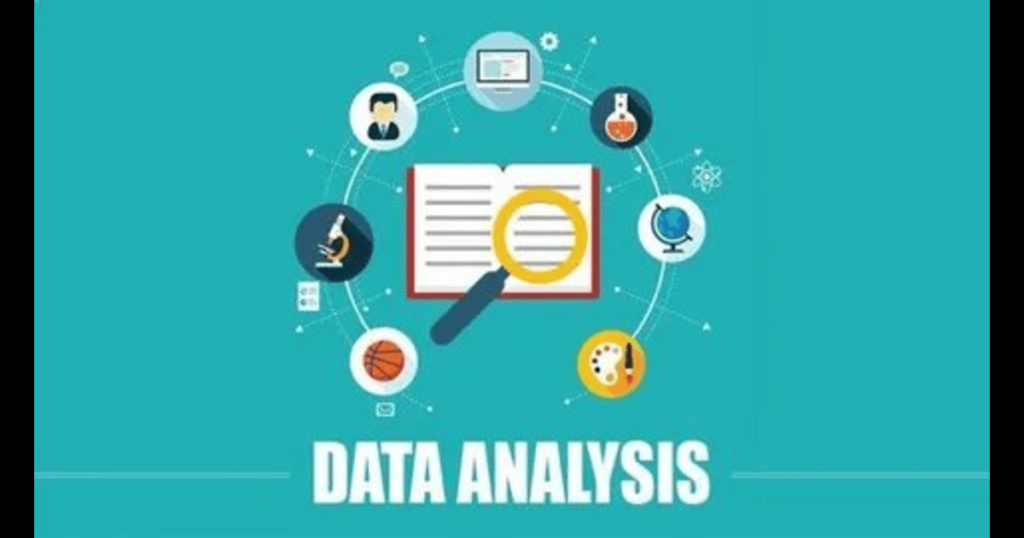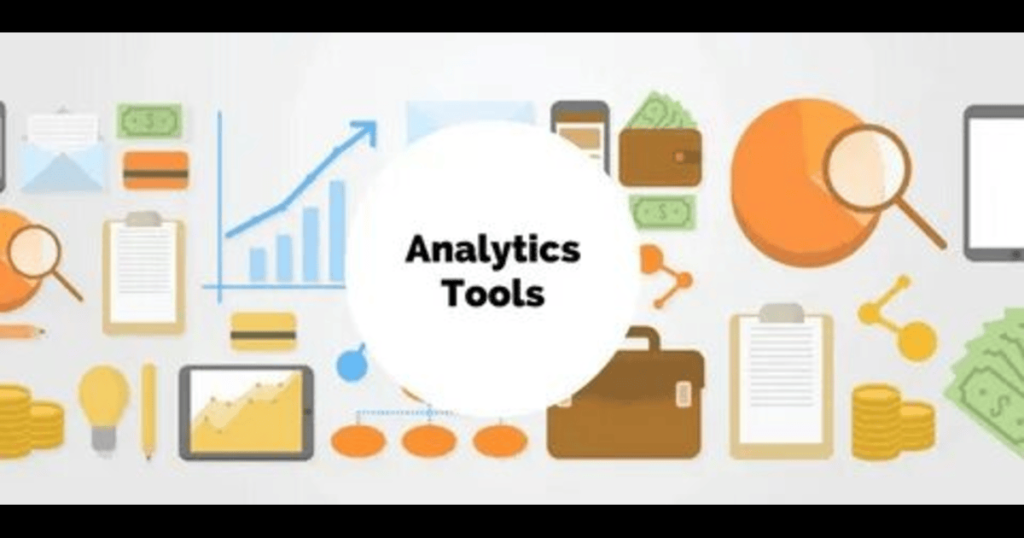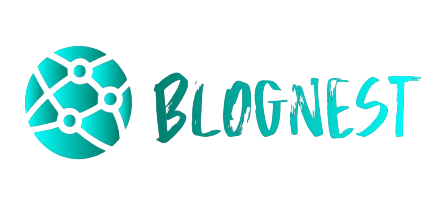
In the most vivid sense, data analysis is fast developing, and AI is one of the main components for change. AI is meant to automate processes, search for insights faster, and make more accurate predictions for data analysts. The existence of so many AI tools makes it very cumbersome to identify the best tool right now. This article will take you through a few recommendations for some of the best-use AI tools for data analysts, which will help you boost your productivity and enhance the capability of your analysis.
Tableau: Changing Data Visualization with AI
The first AI tool that each data analyst should consider is Tableau. Tableau is widely known when it comes to data visualization capabilities. Nevertheless, it goes beyond that as it has incorporated AI and machine learning into it to make itself more functional. Thanks to the potentiality of AI, Tableau’s Ask Data feature allows data users to pose questions in natural language. So, whether you want to uncover a pattern or drill into a certain metric, this makes it possible via AI interfacing with just a few clicks.
Main Features of Tableau:
- Hole AI Data Insights and Recommendations.
- Possibility to ask in plain English and hence use natural language processing (NLP).
- Seamless integration with multiple data sources.
The ability to visualize data and ask questions in plain language would make Tableau the first choice for data analysts who wish to make their data easily accessible.
Power BI: Analytics of Data with a Microsoft Flare
Next is Power BI, another top contender in business intelligence. Power BI incorporates machine learning and AI tools for better intelligence in data analysis and reporting. Users can ask questions about data using plain English without knowing the technical terms, and Power BI’s Q&A feature powered by AI will provide immediate answers in visual form. Power BI also features predictive analytics, which provides some of how past data can be used to predict trends.
Structured within Power BI:
- Built-in machine learning models
- Forecasting future trends and predicting trends
- AI-generated visuals and insights
If your organization has already invested in Microsoft solutions, such as Office or Azure, it is likely that Power BI will easily integrate with your other Microsoft platforms, making it a natural option for many organizations.
Google Cloud AI: The Best Friend to Data Analyst
Google Cloud AI is for those who want to introduce deep learning and natural language processing into their data analysis activities. It provides various tools, including BigQuery for big datasets analysis: AutoML creates custom machine learning models without the need for a deep understanding of programming syntax for users.
Key Features of Google Cloud AI:
- AutoML for easier model creation
- BigQuery for bigger scale analysis
- Pre-built models for sentiment analysis, image recognition, etc.
For complex data sets, Google Cloud AI would enable them to boost machine learning applications concerning powerful capabilities.

DataRobot: Automated Machine Learning to Gain Faster Insights
DataRobot is a platform designed to automate machine learning that builds a predictive model very easily. It is an AI tool that comes in particularly helpful in early model building for data analysts with a thin background or no background in machine learning. Automated feature engineering and automated model selection by DataRobot allows one to concentrate more on analyzing and less on the technicalities of machine learning.
Key Features of DataRobot:
- Automated machine learning pipeline
- Fast model training and deployment
- Across industries scalable
DataRobot is good for analysts looking for powerful and full AI tools that would help them comfortably develop and deploy machine learning models.
IBM Watson Studio: Amazing Data Science Meets the AI World
IBM Watson Studio is another amazing AI tool for data analysts searching for advanced functionalities from the perspective of data science, machine learning, or AI. It provides analytical tools for AI-powered data preparation. For example, helping analysts clean up and organize their data with efficiency. With machine learning, deep learning, and data visualization capabilities incorporated into it, this all-encompassing platform for AI-enabled data analysis is Watson Studio.
The Key Features of IBM Watson Studio:
- Integrated environment for data scientists and analysts
- Built-in AI and machine learning algorithms
- Collaborative tools for team projects
If you have complex tasks in data science or need to collaborate with your other team members, then IBM Watson Studio is the intuitive, AI-driven environment for it.
KNIME: The Seventh Free and Open-Source Platform for Data Science Powered by Artificial Intelligence
If you are looking for a free open-source AI tool for analysts, then this is it: KNIME. Using KNIME, it enables data analysts to build data workflows with a visual interface that makes it attractive for the non-coding experts to adopt. This is in addition to the fact that KNIME has the capability of integrating with several different machine-learning libraries to allow data analysts to build predictive models without too much code.
The Most Important Characteristics of KNIME:
- Visual workflow for building data pipelines
- Integration with Python, R, and other machine learning libraries
- Open-source and free to use
KNIME is really great if you want a flexible, customized platform that demands no huge financial investment.
RapidMiner: Simplifying Data Mining and Machine Learning
RapidMiner is a feature-rich application for data mining, machine learning, and predictive analytics. Together, these capabilities make this application highly adaptable for data analysts working with large data and for discovering hidden correlations. Even better, the tool has excellent drag-and-drop interfaces that allow its use by a non-programmer, yet very high-end artificial intelligence and machine learning capabilities for advanced users.
Key Features of RapidMiner:
- Non-code data preparation and modeling
- Advanced machine learning and data mining tools
- Ability to analyze enormous datasets
It is a great tool for analysts who want actionable insights from big data and do not want very deep technical knowledge regarding it.

Key Takeaway
Whether Property Analysis, Tableau, or Power BI, AI is a boost to data visualization since analysts do not anymore need to query data separately. Google Cloud AI is the only kind for big datasets and complex machine learning models. DataRobot has made machine learning even much easier than ever, allowing analysts to build and deploy models without delving too deeply into coding knowledge. It provides a one-stop platform for data science and AI, making it suitable for advanced data science tasks done by teams. Flexible tools and open-source processing-oriented, KNIME and RapidMiner provide an alternative through which a data analyst will have visual interface capabilities with AI-powered analysis.
FAQs
How can AI tools help data analysts?
By carrying out repeated tasks, enhancing prediction precision, and obtaining astonishingly rapid insights, all three of which would be available to data analysts freed up from routine tasks into more strategic areas.
Which artificial intelligence tool is best for novices?
They’re basically user-friendly AI-integrated tools for the layman, so it’s great when one is looking to start out in data analysis: Tableau and Power BI.
Is it possible to use AI tools for data analysis without knowing coding?
The use of AI most commonly can be done with the availability of tools such as RapidMiner, Tableau, and even Power BI, especially when there is no code involved. Coding has become necessary in some advanced tools.
Do AI tools come with a hefty price tag?
Most AI tools offer a free tier or trial period, and pricing differs from one platform to another based on features consumed. Above all, the open-source tools like KNIME are absolutely free.
Can I use AI tools for small-scale data analysis?
For sure, AI tools apply in small-scale and large-scale data analysis. Tools like Tableau or Power BI are scalable and flexible, and yet they can meet quite different requirements.
Conclusion
the AI tools are decreasing the hassle in analyzing data by increasing efficiency and speed and accuracy. From newbie to seasoned analyst, there’s a tool that fits your needs. Begin with Tableau or Power BI for simple visualization, or dig deeper into machine learning with Google Cloud AI and DataRobot. The key is to find the tool that aligns with your workflow and helps you make data-driven decisions with confidence.
